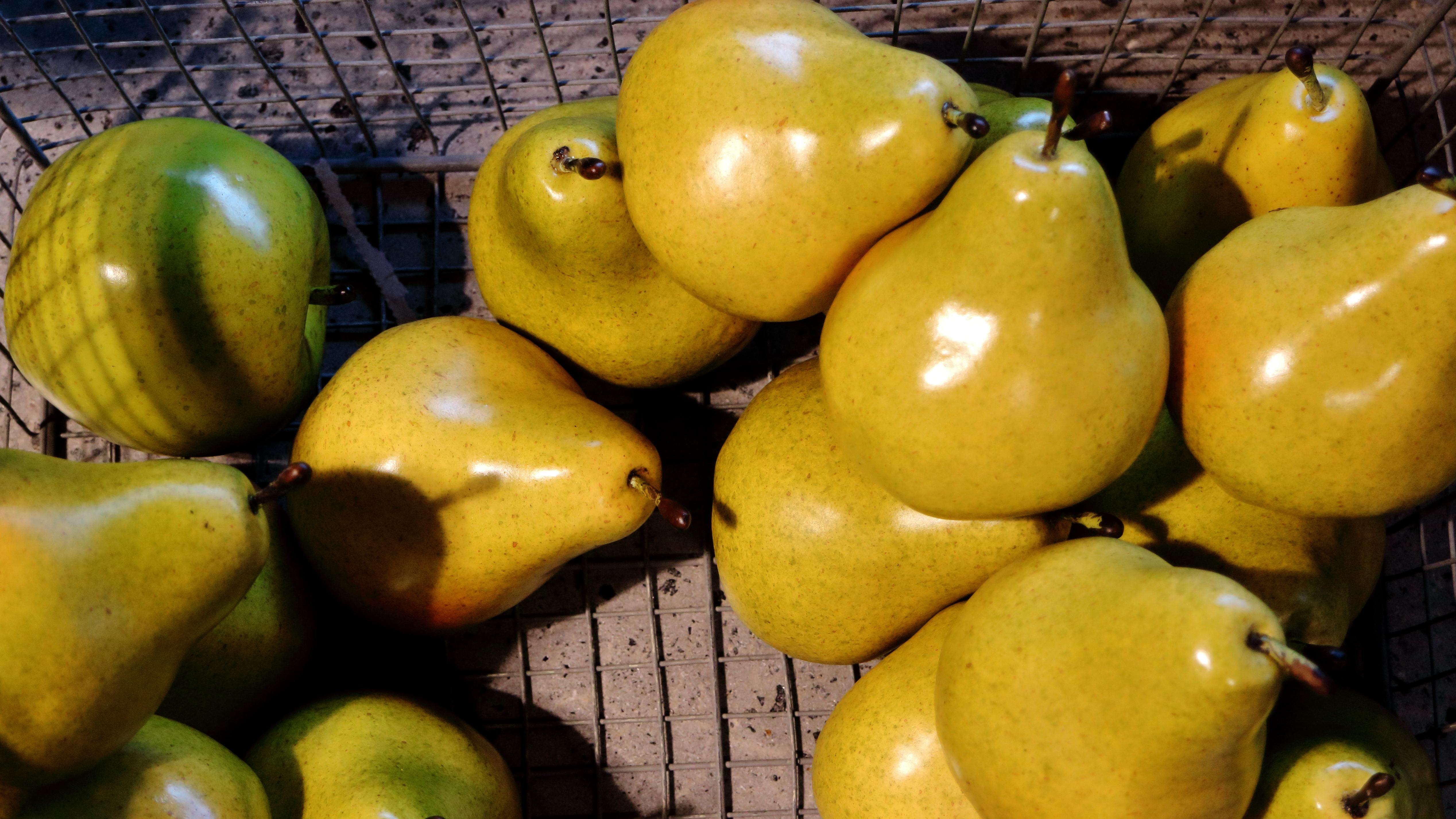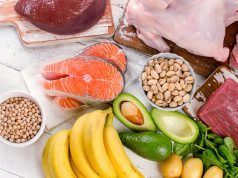In today’s fast-paced world, where convenience often takes precedence over mindful eating, the concept of seasonal nutrition can feel like a forgotten art. Yet, embracing the natural rhythm of the seasons is not only a journey back to our roots but a step forward in achieving optimal health and well-being. Eating seasonally offers a bounty of benefits, from enhanced flavor and nutritional value to supporting local economies and reducing our environmental footprint. This article aims to guide you through the compelling reasons why aligning your diet with the seasons can lead to better nutrition and overall wellness. Whether you’re a seasoned foodie or just beginning your culinary exploration, understanding the importance of seasonal eating is a meaningful step towards nurturing both your body and the planet. Let’s delve into how this mindful practice can transform your diet and enrich your life.
Understanding the Nutritional Benefits of Seasonal Produce
Eating seasonally not only enhances the flavor of your meals but also significantly boosts the nutritional value of your diet. Seasonal produce is often richer in nutrients because it is harvested at its peak ripeness. This means you’re consuming fruits and vegetables at their highest nutritional density, providing your body with essential vitamins, minerals, and antioxidants.
When you choose seasonal fruits and vegetables, you’re also embracing a more sustainable and environmentally friendly lifestyle. Here are some benefits of consuming seasonal produce:
- Higher Nutritional Content: Freshly harvested produce retains more nutrients compared to those stored for long periods.
- Better Taste: Seasonal produce is naturally ripened, leading to a richer taste and texture.
- Cost-Effective: Abundance of seasonal crops often results in lower prices.
- Supports Local Farmers: Buying local seasonal produce helps sustain local agriculture.
| Season | Fruits | Vegetables |
|---|---|---|
| Spring | Strawberries, Apricots | Asparagus, Spinach |
| Summer | Watermelon, Peaches | Tomatoes, Zucchini |
| Autumn | Apples, Grapes | Pumpkin, Sweet Potatoes |
| Winter | Oranges, Kiwis | Kale, Brussels Sprouts |

Connecting with Nature Through Your Plate
Eating seasonally is not just about savoring the freshest flavors but also about aligning with nature’s rhythm for optimal health. When we choose foods that are in season, we are choosing nourishment that our bodies naturally crave at specific times of the year. This practice ensures that we receive the maximum amount of nutrients, as seasonal produce is often picked at its peak ripeness, preserving its nutrient content.
- Enhanced Nutritional Value: Seasonal fruits and vegetables tend to be more nutrient-dense. For example, tomatoes in summer are bursting with vitamins C and A, whereas winter squash is rich in beta-carotene and fiber.
- Environmental Benefits: Eating seasonally reduces the need for long-distance transportation, decreasing your carbon footprint and supporting local farmers.
- Cost-Effectiveness: Seasonal produce is typically more abundant, leading to lower prices and better deals at your local market.
| Season | Produce | Key Nutrients |
|---|---|---|
| Spring | Asparagus, Strawberries | Folate, Vitamin C |
| Summer | Tomatoes, Zucchini | Vitamin C, Potassium |
| Autumn | Pumpkin, Apples | Fiber, Vitamin A |
| Winter | Brussels Sprouts, Citrus | Vitamin K, Vitamin C |
By incorporating seasonal foods into your diet, you’re not only making a conscious choice for better nutrition but also fostering a deeper connection with the world around you. This mindful approach to eating helps you appreciate the bounty each season offers, while also promoting sustainable and healthful living.

Practical Tips for Incorporating Seasonal Foods into Your Diet
Embracing the rhythm of the seasons can transform your dining experience and enhance your nutritional intake. Here are some practical tips to seamlessly integrate seasonal foods into your daily meals:
- Visit Local Farmers’ Markets: Local markets are treasure troves of fresh, seasonal produce. Not only do they offer the freshest options, but they also provide an opportunity to support local farmers. Make it a weekend ritual to explore what’s in season.
- Plan Your Meals Around Seasonal Ingredients: Use seasonal produce as the star of your meal planning. For instance, in autumn, think about incorporating pumpkins, squash, and root vegetables into your dishes. This approach not only ensures variety but also keeps your meals exciting and fresh.
- Preserve Seasonal Flavors: If you find a seasonal favorite, consider preserving it. Techniques such as canning, freezing, or drying can help you enjoy the flavors of the season all year round.
Here’s a quick reference table to inspire your seasonal selections:
| Season | Key Ingredients |
|---|---|
| Spring | Asparagus, Strawberries, Peas |
| Summer | Tomatoes, Peaches, Zucchini |
| Autumn | Pumpkins, Apples, Beets |
| Winter | Brussels Sprouts, Citrus Fruits, Kale |
By mindfully choosing what’s in season, you not only enhance your nutrition but also connect with nature’s cycles, bringing a sense of balance and well-being to your diet.

Empowering Your Health with Simple Seasonal Eating Habits
Embracing the rhythm of the seasons can transform your dietary habits into a nourishing journey. By focusing on seasonal produce, you not only savor fruits and vegetables at their peak freshness but also harness the nutritional benefits they offer. Seasonal eating encourages a diet rich in vitamins, minerals, and antioxidants, which are naturally more abundant in fresh, ripe produce. Consider the following simple habits to align your meals with the seasons:
- Visit Local Farmers’ Markets: Discover what’s fresh and in season by exploring your local markets. This practice supports local agriculture and ensures you’re consuming the freshest produce.
- Plan Meals Around Seasonal Availability: Use seasonal produce as the star of your meals. For example, incorporate root vegetables in the winter and leafy greens in the spring.
- Experiment with New Recipes: Seasonal eating encourages culinary creativity. Try new recipes that highlight the flavors of the current season.
Here’s a glimpse into the seasonal availability of common produce items:
| Season | Fruits | Vegetables |
|---|---|---|
| Spring | Strawberries, Apricots | Asparagus, Spinach |
| Summer | Watermelon, Peaches | Tomatoes, Zucchini |
| Autumn | Apples, Grapes | Pumpkin, Carrots |
| Winter | Oranges, Pomegranates | Brussels Sprouts, Kale |
By integrating these simple habits into your lifestyle, you not only enhance your nutrition but also contribute to a more sustainable food system. Enjoy the journey of discovering nature’s bounty with every changing season.








































